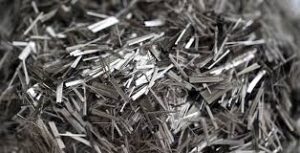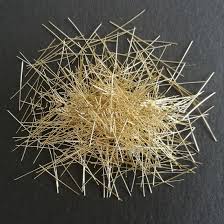Professional solutions on concrete addtives, Concrete Foaming Agent, Superplasticizer, CLC Blocks Additives, and foaming machine
PRODUCT PARAMETERS
Description
Introduction of Copper-Coated Microfilament Steel Fiber
Copper-plated microfilament steel fiber is a fiber made of ultra-fine steel wire plated with copper on the surface and cut and processed. It is straight or bent into a hook shape at both ends.
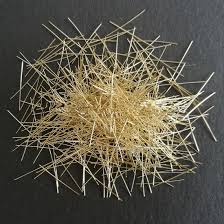
Function of Copper-Coated Microfilament Steel Fiber
1. Excellent wear resistance and durability, higher fatigue endurance limit.
2. High ductility and impact resistance.
3. Good dispersion, steel fiber will not ball up in concrete and is evenly distributed.
4. Improve the tensile, bending and shearing mechanical properties of concrete.
5. The rough and clean surface of steel fiber can be firmly combined with the cement paste in concrete.
6. Compared with traditional reinforced concrete, steel fiber concrete is directly constructed and seamlessly connected to large laser leveling equipment, saving costs.
7. The construction process is simpler, and the construction period is greatly shortened compared to the steel bar scheme.
Parameters of Copper-Coated Microfilament Steel Fiber
| Length | 13mm,Customizable |
| Diameter | 0.1-0.3mm |
| Tensile strength | >2850MPa |
Application of Copper-Coated Microfilament Steel Fiber
1. Construction engineering: house construction, prefabricated piles, frame nodes, roof waterproofing, underground waterproofing, etc.
2. Industrial floor: cut-slit floor, no-slit floor, seamless floor, pile-supported floor, garage leveling layer, composite floor slab, raft, factory road, pavement, etc.
3. Pipeline engineering: centrifugal tube, vibration and extrusion tube, pump tube, steel-lined steel fiber concrete pressure tube, etc.
4. Highway bridge engineering: box arch bridge arch ring, continuous box beam, bridge deck, etc.
5. Highway pavement and airport bridge deck engineering: highway pavement, highway pavement in frozen areas, airport pavement, etc.
6. Railway engineering: prestressed railway sleepers, double-block railway sleepers, etc.
7. Water conservancy and hydropower engineering: water flow erosion wear parts, gates, gate canals, ferry canals, dam anti-seepage panels, etc.
8. Port and marine engineering: steel pipe pile anti-corrosion layer, dock facilities, submarine concrete facilities, etc.
9. Other projects: heavy-duty industrial sites/warehouse floors, silos, maintenance and reinforcement projects, underground cables, pipe manhole covers, sewer grates, etc.
Usage of Copper-Coated Microfilament Steel Fiber
Construction technical requirements:
1. The cement grade shall not be lower than 425. The water-cement ratio shall not be greater than 0.5.
2. The diameter length of the coarse aggregate shall not exceed 2/3 of the length of the steel fiber.
3. The volume of steel fiber in steel fiber concrete shall not be less than 0.5%, generally between 0.5-3%, and 1.5%–2.5% is recommended; that is, the dosage range per cubic meter of concrete is: 5-30kg, and 15-25kg is recommended.
4. Sea sand shall not be used for mixing steel fiber concrete, and chloride salt is strictly prohibited.
5. In addition to the above provisions, other materials used in steel fiber concrete shall comply with the provisions on raw materials used in reinforced concrete in the current specifications.
6. The consistency of steel fiber concrete can be determined by referring to the consistency required for ordinary concrete in similar projects. Its slump value can be smaller than the corresponding ordinary concrete requirement.
7. When the steel fiber concrete cushion layer and surface layer with flat-head joint structure has no foundation reinforcement layer such as ash soil under the cushion layer and meets the following conditions at the same time:
a. The thickness of the cushion layer and surface layer before reduction is not more than 130mm.
b. The thickness of the foundation reinforcement layer is greater than the thickness of the cushion layer. Its thickness can be multiplied by the reduction factor 0.75, but shall not be less than 50mm
Material discharge requirements:
Steel fiber and coarse aggregate – stir for 30 seconds – add sand and cement → stir for 30 seconds → add water → stir for 3 minutes
Compacting:
1. When pouring steel fiber concrete, mix and use it as you go, pour continuously, and do not throw away the construction joints until the partition joints are reached. It should be vibrated and compacted during pouring.
2. Surface finishing. Embossed steel fiber concrete has the characteristics of fine coarse aggregate, large sand rate, and random fiber distribution. It is smoothed mechanically to prevent fiber exposure. The embossing process using an embossing machine can also avoid the phenomenon of fiber exposure caused by pulling. After 24 hours, it should be maintained in time according to the routine. It should be covered with straw bags in summer and keep warm in winter.
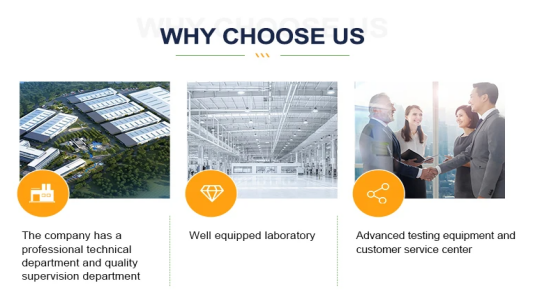
Company Profile
Cabr-Concrete is the global leader in Low-Density Cellular Concrete (LDCC), Celluar Light Concrete (CLC), and advanced engineered foam solutions. Known globally for its commitment to research, innovation, and applied expertise, we have been providing engineered foam solutions since the early 2012’s.
We can supply Concrete Fiber over the world. The company has a professional technical department and quality supervision department, a well-equipped laboratory, and equipped with advanced testing equipment and after-sales customer service center.Send us an email or click on the needed products to send an inquiry.
If you want to know more about Copper-Coated Microfilament Steel Fiber, please feel free and contact us: sales@cabr-concrete.com

Packaging and Storage of Copper-Coated Microfilament Steel Fiber
Packaging: Carton or composite packaging paper bag 25kg/box or bag, 1500kg-2000kg per pallet, and can also be produced and packaged according to user requirements.
Payment
T/T, Western Union, Paypal, Credit Card etc.
Shipment
By air, by sea, by express, as customers request.
FAQs of Copper-Coated Microfilament Steel Fiber
Can Copper-Coated Microfilament Steel Fibers Replace Traditional Rebar?
In some cases, copper-coated microfilament steel fibers can be used as a partial replacement for traditional rebar, especially in thinner sections or where dense reinforcement is required. However, for major load-bearing structures, traditional rebar might still be necessary.
Are There Any Challenges When Using Copper-Coated Microfilament Steel Fibers?
Some potential challenges include:
- Cost: Copper-coated fibers can be more expensive compared to regular steel fibers.
- Mixing: Ensuring uniform distribution of the fibers in the concrete mix can be challenging and may require adjustments to the mixing process.
- Handling: Special handling procedures might be necessary to prevent damage to the copper coating.
How Do You Ensure Proper Distribution of Fibers in Concrete?
Proper distribution can be achieved by following the manufacturer’s recommendations for mixing times and methods. It’s important to use mixing equipment capable of dispersing the fibers evenly throughout the concrete mixture.
What Types of Projects Benefit Most from Copper-Coated Microfilament Steel Fibers?
Projects that can benefit from these fibers include:
- Infrastructure: Bridges, tunnels, and roadways that require enhanced durability and corrosion resistance.
- Electrical Applications: Structures that require electrical conductivity, such as lightning rods or grounding systems.
- High-Density Reinforcement: Areas in buildings or structures that experience high stress concentrations.
REQUEST A QUOTE
RELATED PRODUCTS

Plastic Steel Fiber Polypropylene Crude Fiber Polypropylene Concrete Reinforcing Fibers Better Than Steel Fiber
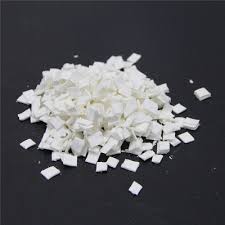
Wood Cellulose Fibre High Quality High Quality Cellulose Fiber Biodegradable Plant Fiber
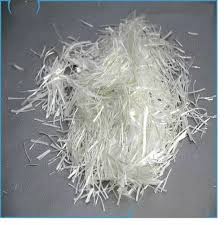
Alkali Resistant Glass Fiber Reinforced Concrete Chopped Strands
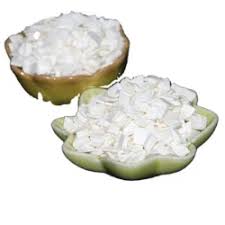
High Quality Lignin Fiber Organic Fiber for Concrete Use
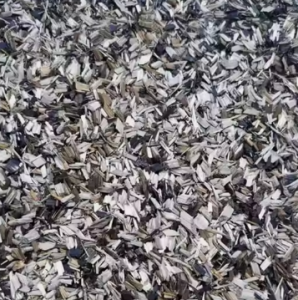
Chopped Carbon Fiber Products for Concrete Use
